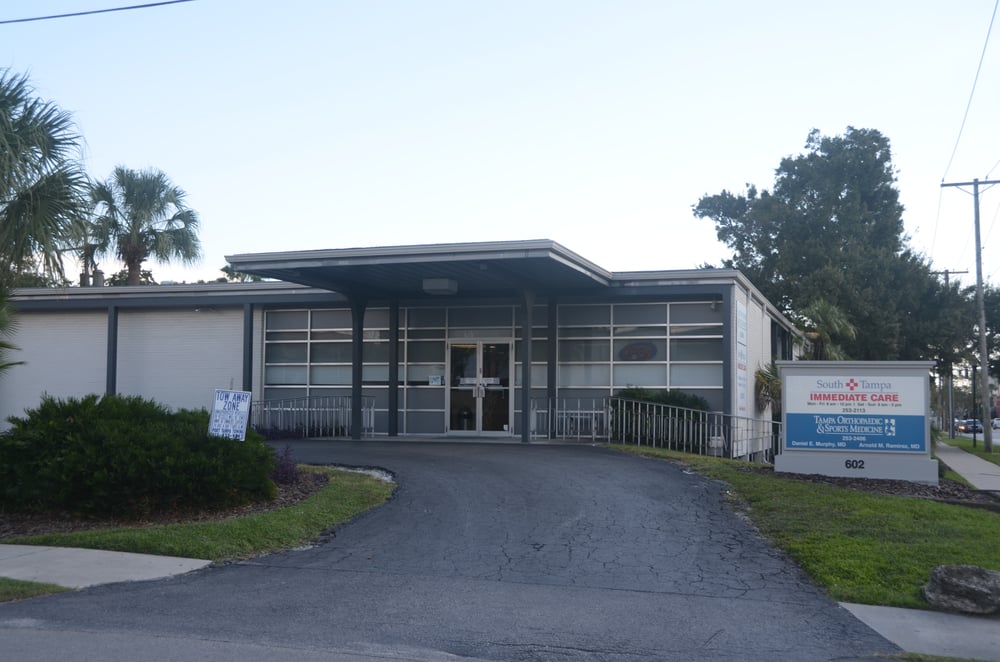Metal laser cutting has become a cornerstone in modern manufacturing, known for its precision and versatility. This advanced technique uses concentrated beams of light to cut, engrave, or etch metal materials, offering significant advantages over traditional methods. In this guide, we’ll explore the techniques, benefits, and wide range of applications of metal laser cutting.
Techniques in Metal Laser Cutting
There are three primary techniques used in metal laser cutting: fusion cutting, flame cutting, and sublimation cutting.
- Fusion Cutting
In fusion cutting, the laser beam melts the metal, and a high-pressure gas (usually nitrogen) blows the molten material away from the cutting area. This method is ideal for cutting metals like aluminum, stainless steel, and titanium. The advantage of fusion cutting lies in its ability to produce clean, burr-free edges. - Flame Cutting
Flame cutting involves using oxygen as an assist gas to heat the metal and ignite it, facilitating the cutting process. This technique is primarily used for cutting carbon steel and other ferrous metals. It can cut through thicker materials compared to fusion cutting, making it a popular choice for heavy-duty applications. - Sublimation Cutting
Sublimation cutting, or vaporization cutting, is when the laser heats the metal so intensely that it transitions directly from a solid to a gas. This method is suitable for extremely thin materials and creates very fine, intricate designs. Sublimation is less common but is used in high-precision industries like electronics and medical device manufacturing.
Benefits of Metal Laser Cutting
Metal laser cutting offers numerous benefits that make it the preferred choice for various industries.
- Precision and Accuracy
One of the biggest advantages of metal laser cutting is its ability to produce highly accurate and detailed cuts. The focused laser beam can achieve tolerances as tight as 0.001 inches, allowing for intricate patterns and precise dimensions. This level of precision makes metal laser cutting ideal for industries that require exact measurements, such as aerospace and automotive manufacturing. - Versatility
Metal laser cutting works on a wide variety of metals, including steel, aluminum, copper, brass, and titanium. Whether it’s for cutting thick or thin sheets, creating complex designs, or engraving logos, the technology is flexible enough to meet diverse needs. It’s also capable of cutting metals of various thicknesses, from thin sheets to thicker materials used in construction. - Efficiency and Speed
Laser cutting is a fast and efficient process. Since the laser beam is highly focused, it can cut through metal quickly, reducing production times. Additionally, the automated nature of modern laser cutting machines allows for continuous production with minimal human intervention, further boosting productivity. - Minimal Material Waste
Metal laser cutting is highly efficient in terms of material usage. The narrow kerf (the width of the cut) means less material is wasted during the cutting process. This benefit is especially important in industries where material costs are high, such as in aerospace or precision engineering. - Cost-Effectiveness
While the initial setup cost for laser cutting equipment can be high, the long-term savings in material, time, and labor make it a cost-effective option. The precision of metal laser cutting also reduces the need for secondary finishing processes, which further decreases overall production costs.
Applications of Metal Laser Cutting
The versatility of metal laser cutting makes it suitable for a wide range of applications across various industries.
- Automotive Industry
In the automotive sector, metal laser cutting is used to create parts with high precision, such as engine components, exhaust systems, and intricate structural pieces. The technology allows for faster prototyping and production, helping manufacturers meet tight deadlines while maintaining quality. - Aerospace Industry
Aerospace applications require extreme accuracy and consistency, and metal laser cutting meets these demands. The method is often used to cut lightweight metals like titanium and aluminum, which are essential in the construction of aircraft components. Additionally, the ability to cut complex shapes with high precision is crucial for safety and performance in the aerospace industry. - Construction and Architecture
In construction and architecture, metal laser cutting is used to produce decorative metal panels, staircases, and structural components. Its precision enables architects and builders to create intricate designs, offering both functional and aesthetic benefits. - Medical Devices
In the medical field, metal laser cutting is used to manufacture surgical instruments, implants, and intricate medical components. The precision and cleanliness of the cuts are essential to ensure that these devices meet stringent industry standards. - Consumer Products
Metal laser cutting is also prevalent in the production of consumer goods such as jewelry, electronics, and household appliances. Its ability to engrave and cut with fine detail allows for customization and intricate design work.
Conclusion
Metal laser cutting is a powerful and versatile tool that has revolutionized industries ranging from automotive to aerospace and even consumer products. Its precision, efficiency, and adaptability make it an essential technique in modern manufacturing. Whether you’re working with thick sheets of steel or delicate pieces of titanium, metal laser cutting offers a cost-effective and reliable solution for a variety of applications.




More Stories
Growing Small Businesses with Virtual Assistant Services
Strength and Versatility of Chain Link Fences in Ocala, FL
Why Hiring a LinkedIn Marketing Agency Can Accelerate Your Business Growth